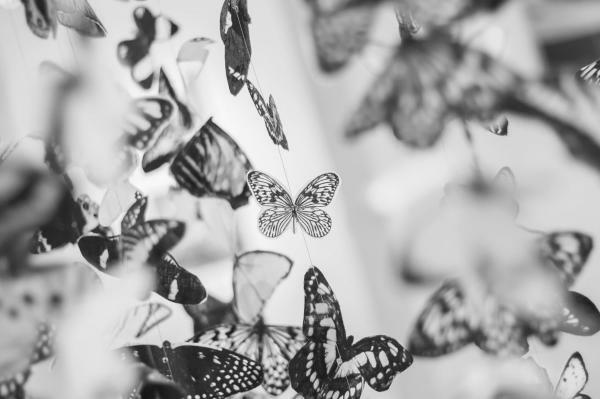
Sometimes life gets difficult. What used to cause us pleasure and happiness can suddenly turn into sadness and disinterest. Other times we spend our lives going through persistent and lasting anguish that does not stop. We live in a world full of situations that generate stress and affect our daily lives. Nothing seems to make sense anymore, we rethink different scenarios that we live and we constantly remember situations from the past that make us forget the present and the future.
Is this familiar to you? It may have happened to you or you probably know someone who has these feelings. We are talking about depression, which can have consequences in our daily lives. Knowing its main characteristics can allow us to address it in time and thus have a better life. Do you want to know more about this? In this Psychology-Online article, we will provide you with information about the types of depression, their symptoms and treatment.
Index
- What is depression
- Major Depressive Disorder
- Persistent depressive disorder
- Premenstrual dysphoric disorder
- Destructive Mood Dysregulation Disorder
- Drug-Induced Depressive Disorder
- Depressive disorder due to another medical condition
- Depressive disorder with anxiety
- Depressive disorder with mixed characteristics
- Bipolar depressive disorder
- Depressive disorder with melancholic features
- Depressive disorder with psychotic characteristics
- Depressive disorder with atypical features
- Depressive disorder with catatonia
- Depressive disorder with peripartum onset
- Seasonal pattern depressive disorder
What is depression.
Depression is a emotional disturbance in which there are feelings of sadness and hopelessness regarding the present and the future. It also causes difficulties in performing daily tasks and can influence the development of social relationships and job performance.
The causes of depression can be very diverse. Mainly, the origin of this emotional disorder may be due to:
- Situations from the past that trigger depressive pictures: It is possible that within the family there are people who have suffered or suffer from depression. This enables the person to imitate certain behaviors that he has seen throughout his life and adopt them as patterns of behavior.
- Genetic factors linked to the development of depression: here family inheritance plays an important role in determining the approach to this clinical picture.
Now that we know what depression consists of, we should know that there are several types of depression that present different symptoms depending on each person.
Major depressive disorder.
Major depressive disorder lies in a state of mind in which they appear feelings of apathy and disinterest for any type of activity. Let's see what the main symptoms of major depressive disorder:
- Physical manifestations linked to a decay.
- Loss or increase of appetite.
- Insomnia.
- Slowness or physical agitation.
- Feelings of guilt.
- Difficulty performing activities that require concentration.
- Thoughts about death.
To distinguish it from other types of depression, it is important to clarify that to determine that it is a Major depressive disorder, these symptoms must be present for a minimum period of two weeks.
For the treatment of major depressive disorder, the psychological therapy short-term such as cognitive behavioral therapy or long-term therapies that seek the source of the problem. Likewise, psychiatric medication may be present under medical indication. In this article, we will tell you how the cognitive behavioral therapy to treat depression.
Persistent depressive disorder.
This disorder is also known as dysthymia and the symptoms persist for two or more years in a person's life. If we talk about types of depression, in persistent depressive disorder the person presents the following symptoms:
- Lack or excess of appetite.
- Difficulties in regulating sleep: such as insomnia and / or hypersomnia.
- Lack of concentration.
- Low self-esteem.
- Hopelessness in front of the world.
Regarding the possible treatment of this disorder, the evidence says that the short-term psychological therapies they are effective in resolving conflicts in a person's life. On the other hand, it may happen that a psychiatric treatment. If necessary, it should be indicated by a health professional. In this article you will find more information about the dysthymia: what is it, symptoms and treatment.

Premenstrual dysphoric disorder.
Among the main characteristics of premenstrual dysphoric disorder, the following stand out:
- Sudden changes in mood
- Fatigue.
- Hypersomnia or insomnia.
- Specific bingeing on some foods.
- Irritability.
It is important to know that these symptoms occur in women during the week before menstruation.
Regarding treatment, given the qualities of this disorder, we can mention that the psychological therapies are highly effective in the treatment of premenstrual dysphoric disorder. If necessary, therapy can be accompanied by pharmacological treatment, taking into account the characteristics of each person.
Destructive Mood Dysregulation Disorder.
One of the types of depression is characterized by the existence of episodes of anger and irritability. As the name implies, this disorder produces changes in the person's mood, since it oscillates between destructive behaviors and behaviors appropriate to live in society. In general, it is usually more common in adolescents and young people.
Also, the diagnosis is usually made in children who are between 6 and 10 years old. Here are the main symptoms of Destructive Mood Dysregulation Disorder:
- Three or more episodes of anger per week.
- The episodes must persist for at least 12 months.
- Mood linked to anger for much of the day.
- Difficulties in social relationships as a result of these behaviors.
To address this pathology, it usually combines psychotherapy, oriented in the resolution of the situations that trigger these emotions, with the supply of medication under medical indication.
Drug or substance-induced depressive disorder.
Substance-induced depressive disorder has the particularity of presence of moments of sadness and hopelessness for the present and the future. The main cause is the ingestion of a substance, such as a drug or medicine, and its side effects. In this way, we are going to see what the main symptoms of this disorder are:
- Altered mood: marked by a decline in interest in world activities.
- Duration of more than a month: presence of these characteristics from prolonged consumption of a medicine or drug over time.
- Deterioration in affective relationships, social and labor
Regarding its treatment, psychotherapy combined with the use of supervised psychiatric medication by health professionals.
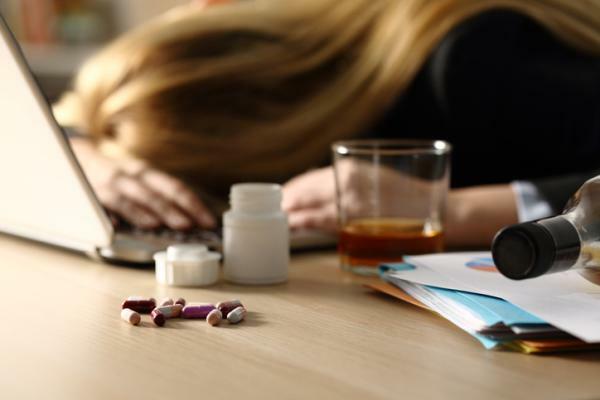
Depressive disorder due to another medical condition.
The origin of this depressive disorder is the emergence of an illness. In general, there are some medical conditions that can be the cause of a depressive disorder. With this type of depression, we must take into consideration the following statements:
- The presence of an organic disease it must be associated with the subsequent onset of depression.
- Mood marked by feelings of sadness and disinterest in the world sustained in time.
For the treatment of depressive disorder due to another medical condition, it is always recommended to consult with a psychologist and assess the need for any psychiatric medication that does not generate side effects.
Depressive disorder with anxiety.
One of the types of depression that is characterized by the presence of the aforementioned symptoms of depression and the emergence of moments of anxiety. It is important to verify here if the anxiety corresponds to the disorder itself or if it is part of the person's way of being.
In this article you will find more information about the Mixed Anxious Depressive Disorder: Causes, Symptoms and Treatment.
Depressive disorder with mixed characteristics.
In depressive disorder with mixed characteristics, moments of sadness and disinterest in activities of daily life with moods linked to mania. Let's see some examples
- Flight of ideas.
- Thoughts related to grandeur.
- Greater ability to speak.
- Decreased sleep
Faced with this type of depression, it is important to consider whether the person has these characteristics at the time of make a medical consultation.
Bipolar depressive disorder.
Bipolar depressive disorder is closely related to depressive disorder with mixed characteristics, since a person who has bipolarity oscillates between moments of deep sadnessand disinterest in the world with moments of psychomotor exaltation and exacerbated joy.
In these cases, genetic inheritance and life history must be taken into account. It is usual to treat this depression with psychotherapy and medication. Discover the types of bipolar disorder and their symptoms.
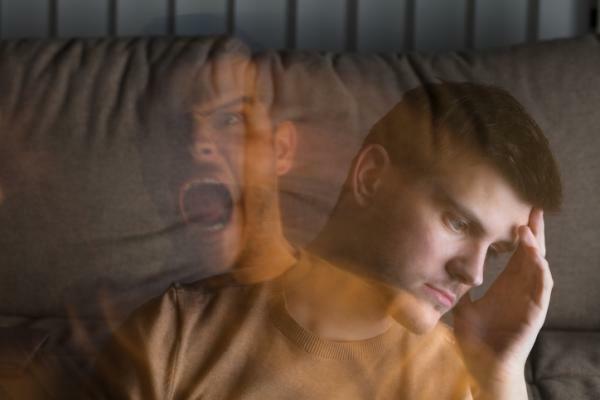
Depressive disorder with melancholic characteristics.
In this clinical picture, it is usual for the person to have symptoms of depression as a result of the loss of some very valuable element or person. It is frequent presence of feelings of guilt, slowness in psychomotor coordination or loss of body weight, among others.
Depressive disorder with psychotic characteristics.
The main feature of depressive disorder with psychotic characteristics is usually the presence of delusions and hallucinations, whose contents are linked to elements that have been seen or heard, but the interpretation of the facts is usually wrong. Thus, in this type of depression, they are the trigger for the depressive picture. In this article you will see what is the difference between delirium and hallucination.
Depressive disorder with atypical characteristics.
If we talk about types of depression, in this case the person may present improvements in their mood as a result of events that they consider positive for their life. However, these improvements are usually temporary given the persistence of feelings of sadness and hopelessness.
The main symptoms of this disorder are usually an increase or decrease in weight and a feeling of body heaviness.
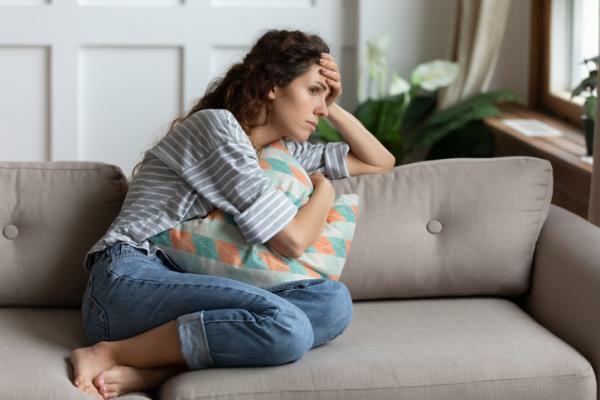
Depressive disorder with catatonia.
A person with depressive disorder with catatonia has the following symptoms:
- Wanting to be part of some meaningless activity.
- Withdrawing from social contact.
- Make movements and gestures that are not in tune with the social context
- Lack of coordination of your movements.
In addition, this can be added to the symptoms already described of major depression.
Depressive disorder with peripartum onset.
One of the types of depression that occurs during pregnancy or up to four months after giving birth. In this case, the feelings of sadness and hopelessness are linked to the birth of the baby. There are possibilities that the child is hurt by the mother because of fantasies, delusions and / or hallucinations.
For the treatment of depressive disorder with onset in the peripartum, it is necessary to carry out a psychological consultation and take psychiatric medication.
Depressive disorder with seasonal pattern.
In seasonal pattern depressive disorder, the symptoms of depression described above usually appear at certain times of the year, such as fall and winter. To overcome this depression, you need locate the origin of these events to address it with proper treatment.
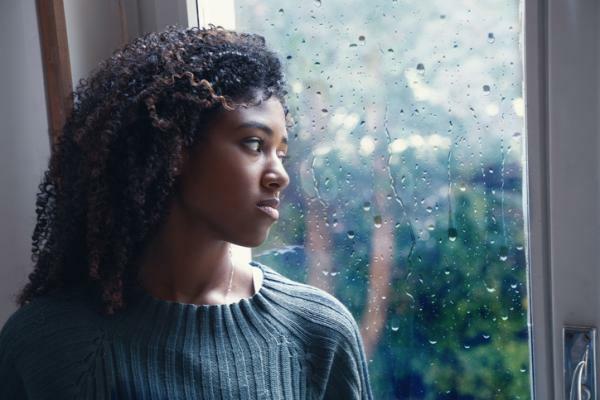
This article is merely informative, in Psychology-Online we do not have the power to make a diagnosis or recommend a treatment. We invite you to go to a psychologist to treat your particular case.
If you want to read more articles similar to Types of depression: symptoms and treatment, we recommend that you enter our category of Clinical psychology.
Bibliography
- Botto, A., Acuña, J., Jimenez, J.P. (2014). Depression as a complex diagnosis. Implication for the development of clinical recommendations. Magazine Med. Chile, 142, 1297-1305.
- Pan American Health Organization. Depression and other common mental disorders. World health estimates. Recovered from: https://iris.paho.org/bitstream/handle/10665.2/34006/PAHONMH17005-spa.pdf
